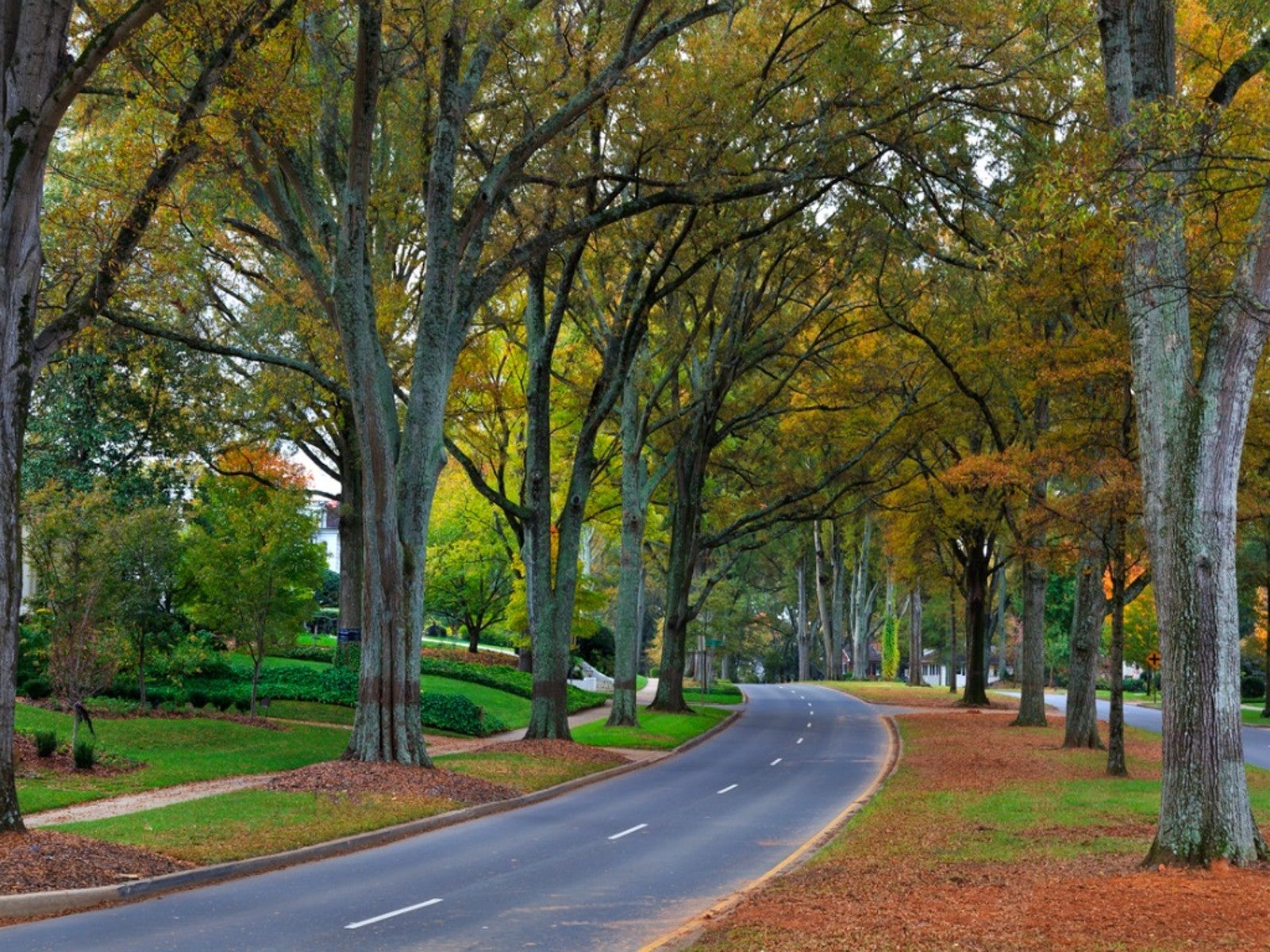Willow Oak Tree Care – How To Grow A Willow Oak Tree


Willow oak trees are very popular shade and specimen trees. Since they are fast growing and fill out with an attractive, branching shape, they are a frequent choice in parks and along wide streets. Keep reading to learn more about how to grow a willow oak and willow oak tree care.
Willow Oak Information
Willow oak trees (Quercus phellos) are native to the United States. They are hardy in USDA zones 5 or 6a through 9b, making their range the whole of the west coast, most of the east coast, and the entire south and southwest.
The trees are fast growing. When they are young, they have a pyramidal shape, but as they mature their branches take on a wide, even spread. The lowest branches hang down somewhat toward the ground. The trees tend to reach a height of 60 to 75 feet (18-23 m.) with a spread of 40 to 50 feet (12-15 m.).
The leaves, unlike other oak trees, are long, thin, and dark green, similar looking in appearance to willow trees. In the autumn, they turn yellow to bronze in color and eventually drop. The trees are monoecious and produce flowers (catkins) in the spring that can lead to some litter. The fruits are small acorns, no bigger than ½ an inch (1 cm.) across.
Willow Oak Tree Care
Growing willow oak trees is easy and very rewarding. While they prefer moist, well-drained soil, they will thrive in almost any kind of soil and are wind, salt, and drought tolerant, making them popular in urban landscapes lining broad streets or filling in parking lot islands.
They prefer full sun. They are, for the most part, resistant to both pests and diseases. Though they are drought tolerant, they will also perform well in soil that is perpetually wet. They’ve been used for decades as urban, street lining trees and have proven themselves to be up to the task.
It should be noted that in smaller areas, it may be best to avoid the tree, as its height can eventually overpower the area.
Gardening tips, videos, info and more delivered right to your inbox!
Sign up for the Gardening Know How newsletter today and receive a free copy of our e-book "How to Grow Delicious Tomatoes".

The only child of a horticulturist and an English teacher, Liz Baessler was destined to become a gardening editor. She has been with Gardening Know how since 2015, and a Senior Editor since 2020. She holds a BA in English from Brandeis University and an MA in English from the University of Geneva, Switzerland. After years of gardening in containers and community garden plots, she finally has a backyard of her own, which she is systematically filling with vegetables and flowers.
-
 Looking For Plants To Give You The Soft And Fuzzies? Try These 5 Fuzzy Leaf Plant Options
Looking For Plants To Give You The Soft And Fuzzies? Try These 5 Fuzzy Leaf Plant OptionsLovers of texture, drama, silver foliage and tactile plants will adore these special sensory garden additions. These fuzzy leaf plant options will leave you all aglow
By Susan Albert
-
 Get Ready For A Summer Of Hummers! Grow These Full Sun Hummingbird Plants and Flowers
Get Ready For A Summer Of Hummers! Grow These Full Sun Hummingbird Plants and FlowersIf you’re lucky enough to enjoy a sunny backyard, make sure you are maxing out on your pollinator opportunities and grow these full sun hummingbird plants and flowers
By Tonya Barnett